REE EEboard and Ecorners Skateboard Chassis at CES 2021
Introduction: Skateboard chassis, covered by conventional vehicle models, have no choice but to do it themselves as traditional OEMs have no way out. This should be an opportunity for the skateboard chassis startup in special autonomous driving scenarios, but how big this cake can be depends on the power of capital!
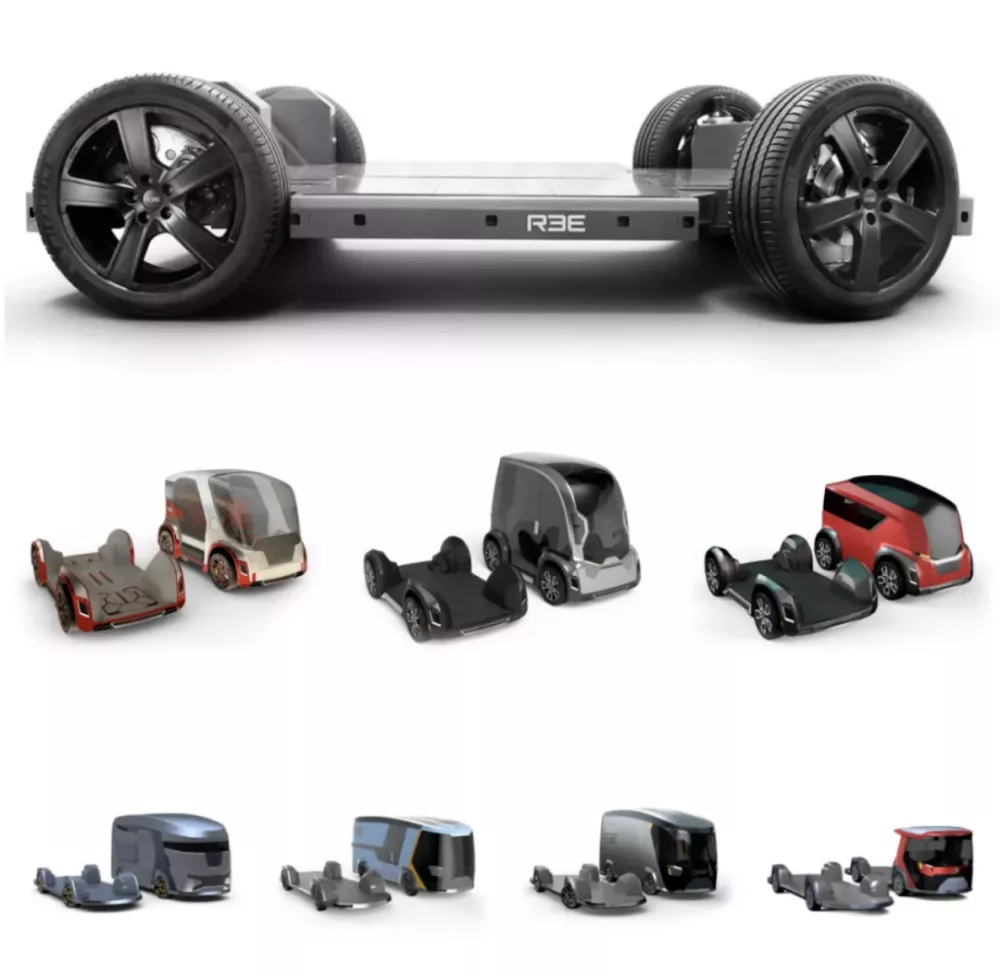
Skateboard chassis track, many troubles;
Skateboard chassis track, legal obstacles;
Skateboard chassis track, lessons from the past.
Skateboard Chassis Track, Many Troubles
Skateboard chassis is a recent hot topic, with some entering the field with capital and others observing calmly. From the perspective of traditional automotive people, it is still generally acknowledged that “a car is no longer just a car, but the chassis is still the chassis”.
Skateboard chassis is not a new topic just emerging due to electrification and autonomous driving. The latest craze for skateboard chassis may have been started by Toyota, and yes, it was the e-Palette that caused the accident at the Tokyo Olympics in August that was the sponsorship highlight of the event. (Toyota spent $835 million to become the main sponsor of the Tokyo Olympics, providing support for mobility products such as vehicles and public transportation: during the Olympics, a team of Toyota employees managed and operated 16 e-Palette autonomous minibuses in four teams, three shifts a day, 24 hours a day, with the same eight e-Palletes colliding with athletes crossing a pedestrian crossing at a Tokyo Olympic Village intersection on August 26th).
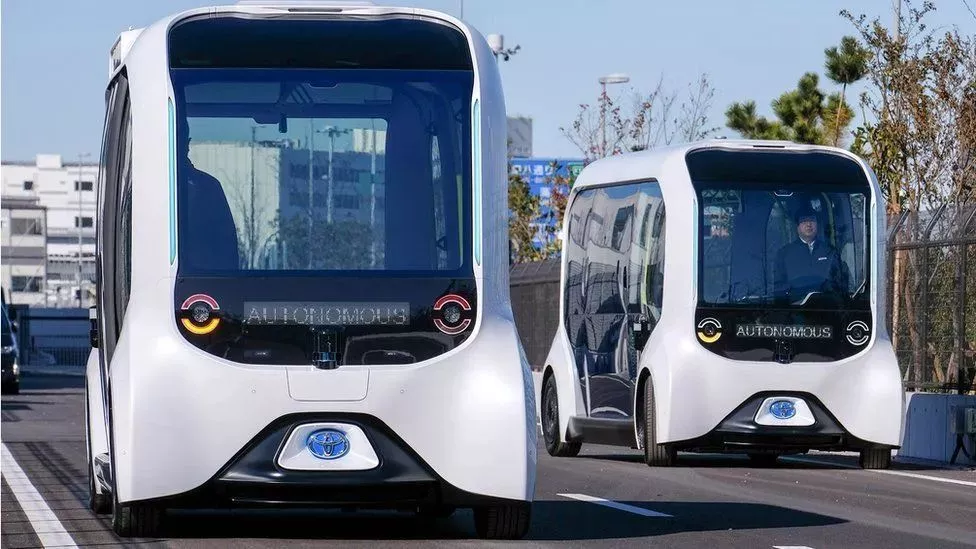
Back in CES 2018, Toyota introduced the future-oriented travel e-Palette Concept, varying in overall length depending on the number of luggage compartment units. The lengths are expected to be around 4m to 7m, with a low-floor, box-type, barrier-free design to provide a flat and spacious interior space, and can be equipped with related equipment according to different application scenarios such as shared ride, hotel-style, and retail-style.
 # In September 2018, Mercedes took another step forward and launched the Vision URBANETIC concept car.
# In September 2018, Mercedes took another step forward and launched the Vision URBANETIC concept car.
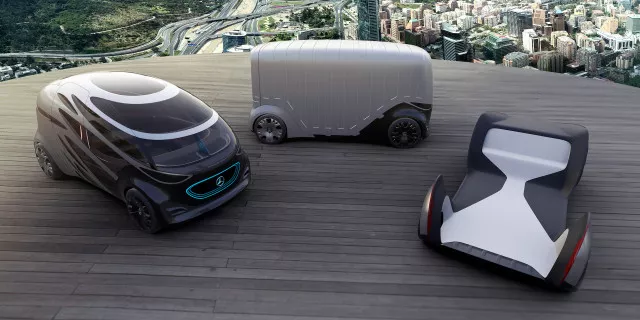
As part of a holistic system solution, Vision Urbanetic can use different interchangeable bodies to meet passenger and cargo transportation needs: the vehicle’s total length is 5.14 meters, and the loading space is 3.70 meters long, accommodating up to 12 passengers, and the use of freight body modules can accommodate up to 10 European standard pallets.
Compared with foreign big players, the domestically traditional vehicle manufacturers take advantage of autonomous driving to develop preliminary scale for their quasi-skateboard platform.
The hottest news is the mass production of Apollo, Apollo & Kinglong.
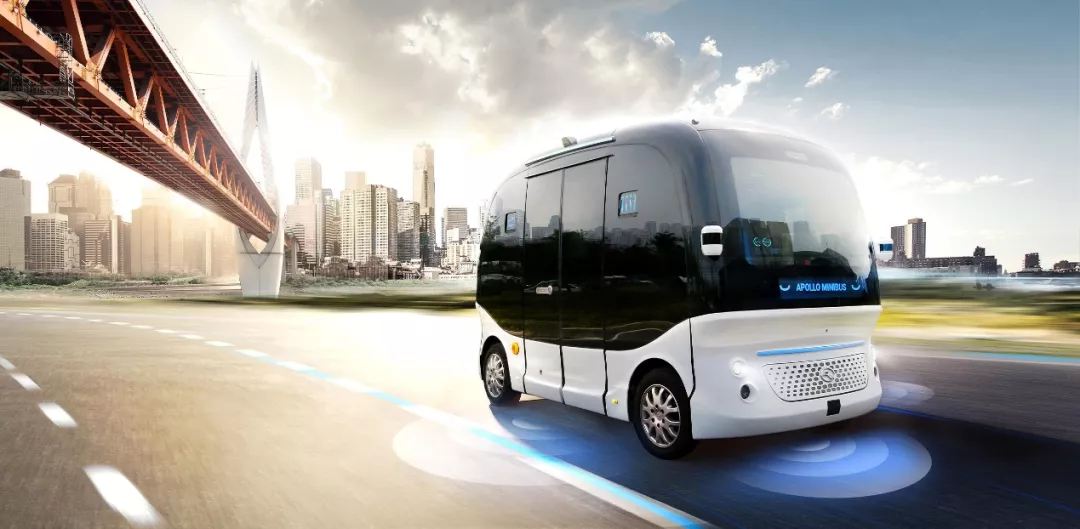
In addition to directly investing in autodriving company Weride, Yutong, the world’s leading bus manufacturer, has also launched many self-driving microcirculation bus lines with multiple autodriving companies.
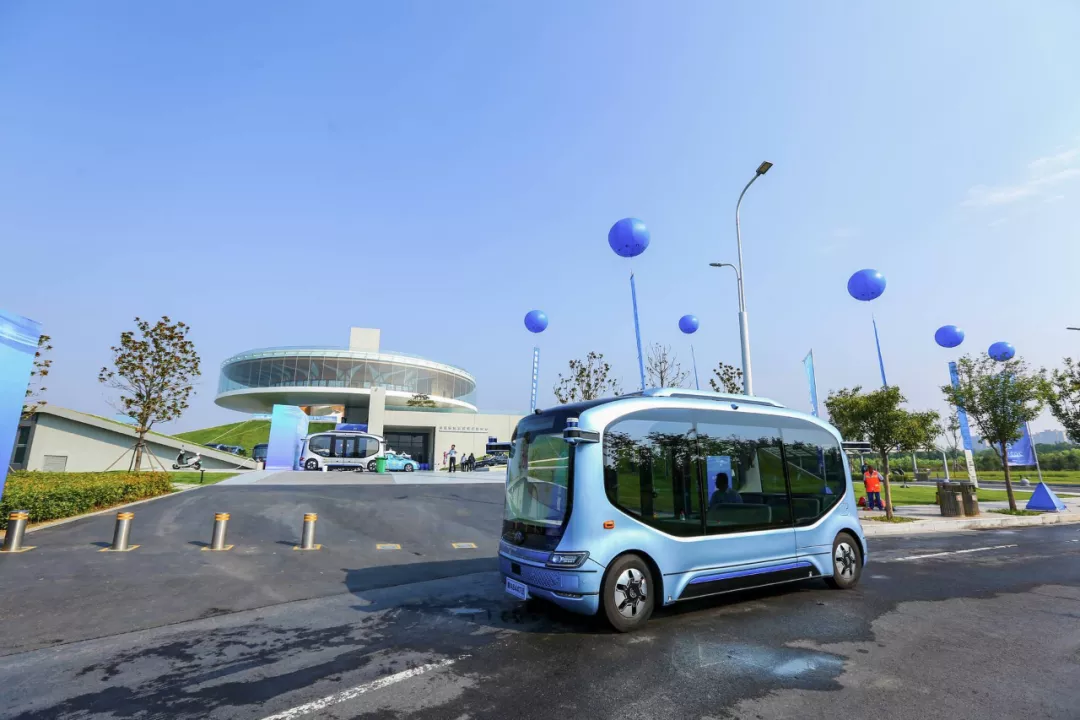
Other bus companies in China, such as King Long with “King Long Xingchen,” Kaiwo with “Blue Whale No.,” Suzhou Golden Dragon with “Haige Deep Blue pro-blue,” Ankai Bus, and Zhongtong Bus, all have their own autonomous driving models.
Among the three state-owned giants, Dongfeng Motor has gone furthest in this regard, launching the sharing van platform, which is approaching the Mercedes Vision Urbanetci without limitation.
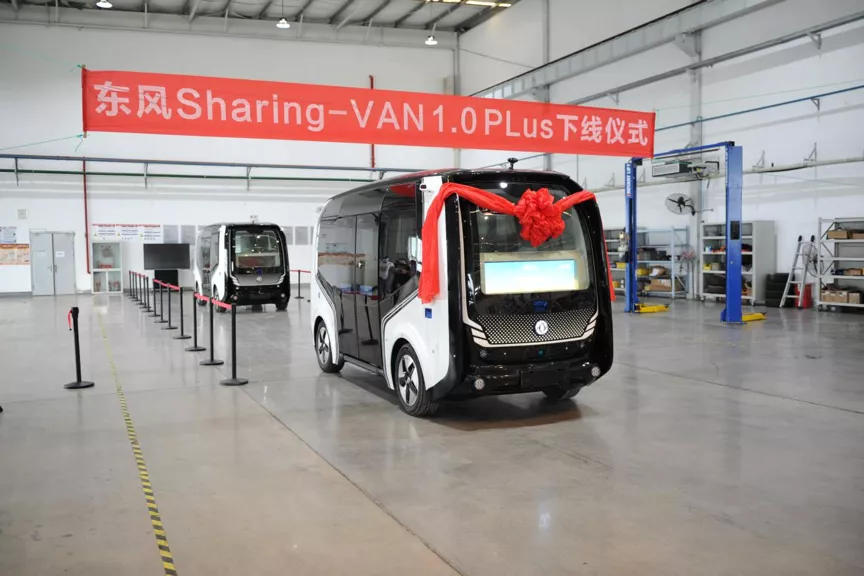
The skateboard platform is not a new thing. Before the clamor of capital, traditional car manufacturers had already begun to explore the skateboard platform. Perhaps their turnaround was not fast enough and they did not gain a leading advantage in the electrification race. But skateboard-platform car manufacturers must grab food from the wolf pack in the startup stage, and this may not be too good a rhythm.
The Legal Barriers on the Skateboard Platform Track“`
The most attractive and time-saving feature for car users today is the increasingly large and abundant screens, the connected capability between the car and the phone, the understanding voice assistant, the comfortable and elegant interior, and the sharp and domineering exterior, but certainly not the chassis.
People who talk a lot about chassis quality today are actually the same as those who talked a lot about Nokia keyboards in 2010. They are dinosaurs, and while they are numerous, they are tending towards extinction.
From an industry perspective, it is more important to focus on trends. Why should a car company be bound by the fixed thinking of a hundred years in the automotive industry? This thought pattern is worth challenging.
This is an opinion on the Internet, and perhaps it is the best starting point for the skateboard chassis story, which weakens the chassis and promotes “don’t reinvent the wheel,” and so on…
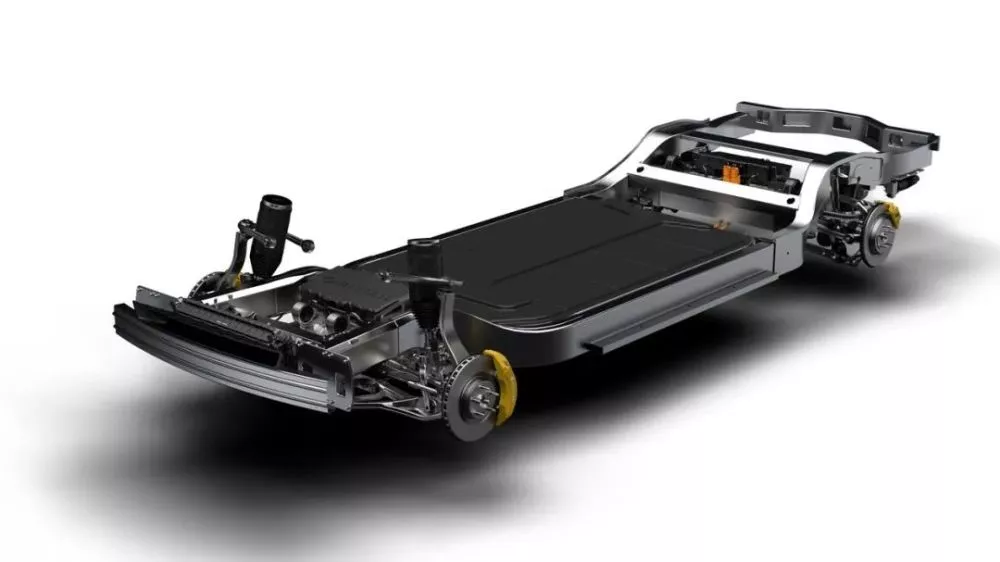
However, this story doesn’t hold water in the entire auto industry. From the perspective of regulatory requirements, it is not feasible for vehicle manufacturers to tell marketing stories while skateboard chassis manufacturers focus on basic research.
Relevant regulatory requirements for vehicle manufacturers are:
“Have established a product research and development organization, have a professional R&D team, have experience and ability in concept design, system and structural design of pure electric vehicles; have R&D and corresponding testing and validation capabilities in aspects of vehicle control system, vehicle power battery system, vehicle integration, and lightweighting; have R&D and corresponding trial making capabilities in aspects of body and chassis manufacturing, vehicle power battery system integration, and vehicle assembly; and the main technical indicators of the R&D products meet the industry-leading level.”
“Shareholders have strong control over key components such as vehicle control systems, drive motors, and vehicle power batteries, with intellectual property rights and production capabilities.”
In practice, traditional car manufacturers focus on the three-electric systems of battery, motor, and control, so it is estimated that outsourcing the chassis will encounter obstacles at the regulatory level.
Lesson learned from the skateboard chassis racetrack
In history and even today, the phenomenon of outsourcing chassis exists, and there are relevant laws and regulations.
“Type I chassis: includes the entire vehicle system; Type II chassis: automobiles that have been assembled with engines, transmissions, drive systems, and cabs, but not cargo boxes; Type III chassis: assembly that does not carry a body but has assemblies such as engines and transmission devices, front and rear axles, steering devices, suspension devices, wheels and tires, and braking systems, and cannot be driven.”
Currently, there is a huge modified car industry that uses Type II chassis, and enterprises such as FAW, Dongfeng, CQCT, and Foton sell a large number of Type II chassis every year.
In the bus industry, the Type III chassis once had a very huge market, and many leading companies in the bus industry still use outsourced Type III chassis.
“`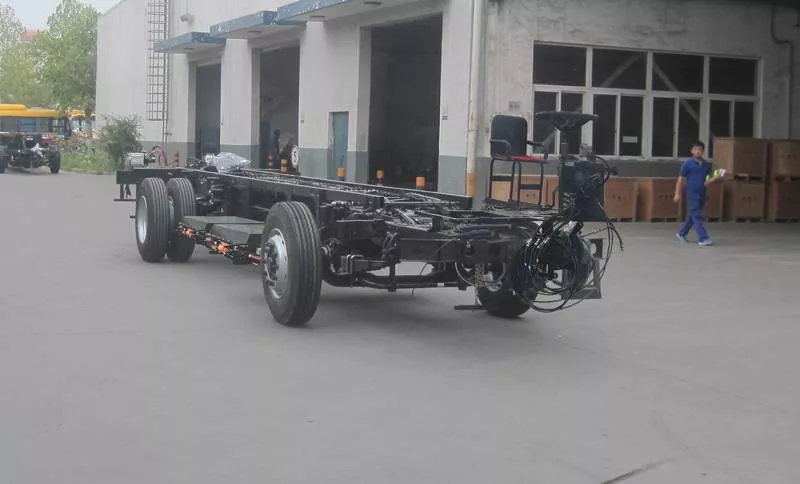
JAC Motors developed with the help of third-class chassis. In the early 21st century, almost all vehicle manufacturers used JAC’s third-class chassis. However, with the development of the industry, most leading companies now produce their own chassis. Only some relatively niche models still use externally purchased third-class chassis.
Conclusion
The chassis is the soul of a vehicle. Regardless of legal requirements, the power, safety, stability, and NVH (vibration and noise) of a vehicle are all rooted in the chassis. The chassis is one of the key know-hows of a vehicle, and an OEM’s abandonment of the chassis is equivalent to self-defeating.
The story of the skateboard chassis told by capital, bringing in Arrival and Rivian as banners, is a bit too childish: Arrival, the zero-emission solution; Rivian, the electric adventure vehicle, is a well-known rival of Tesla. They both make whole cars. Is it appropriate to bring them in as the banner for skateboard chassis? They only said they adopted the technology route of skateboard chassis but did not claim that selling skateboard chassis can be profitable! This model needs to be further discussed!
The view of a traditional auto person: for conventional models covered by the skateboard chassis, traditional OEMs have no reserve, and can only make their own. For autonomous driving vehicles with special scene demands, this should be an opportunity for skateboard chassis startups, but how big a pie can be made depends on the power of capital!
This article is a translation by ChatGPT of a Chinese report from 42HOW. If you have any questions about it, please email bd@42how.com.